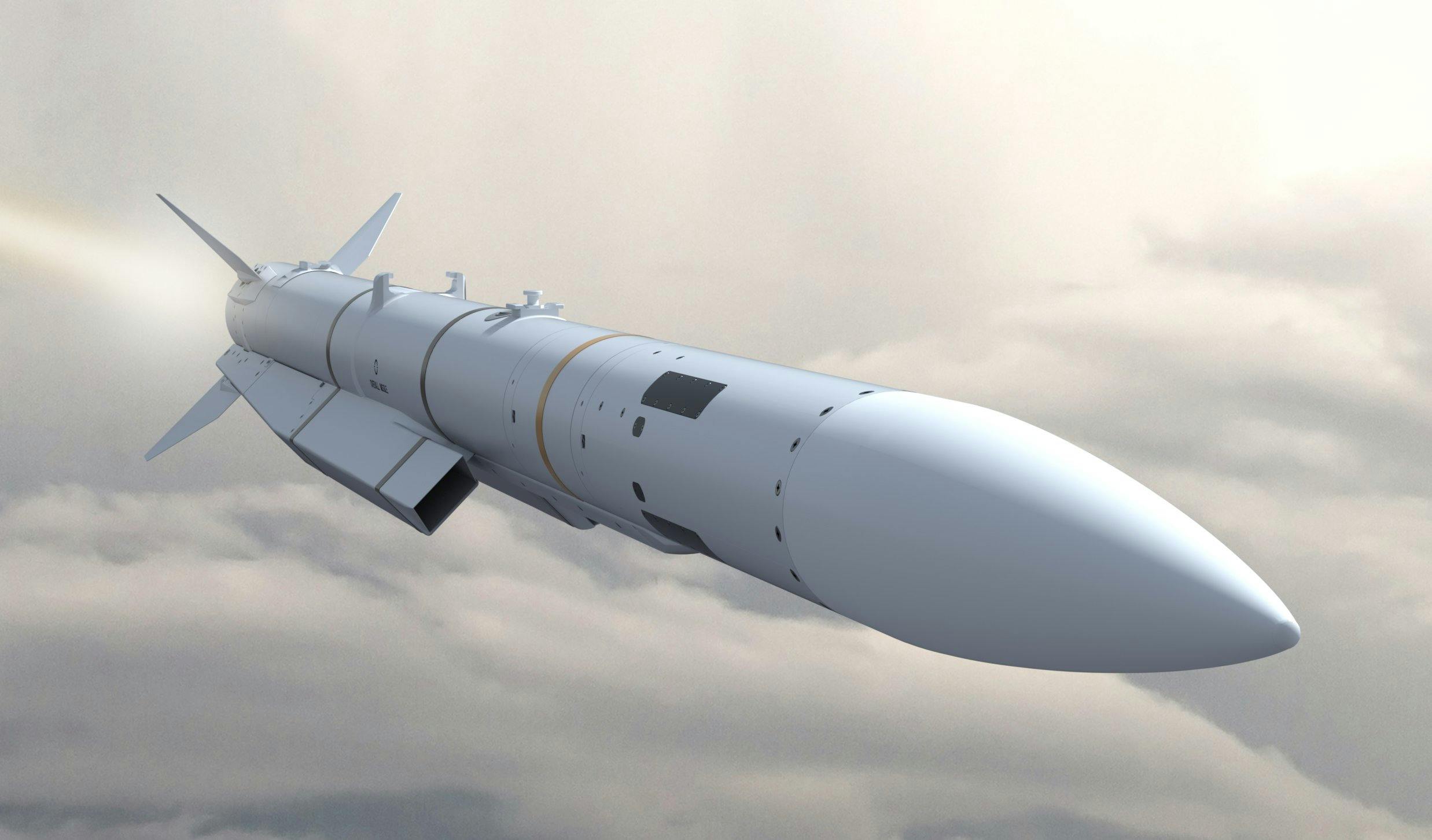F35 is everywhere and... flawed.
However, in Australia, with the euphoria of acquiring the first fighters long gone and their history with the RAAF, operational problems are already emerging.

bulgarianmilitary.com
in Australia, with the euphoria of acquiring the first fighters long gone and their history with the RAAF, operational problems are already emerging.
The government program to build a fourth squadron [96 F-35s in total] by the government in the country was the first to fall under the experts’ radar. Australia’s most respected military expert and the country’s defense analyst since the 1970s, Mr. Brian Toohey disagrees with the government’s intentions. Toohey argued that Australia should demand a refund of the amount given to date for the F-35 purchase.
There are several reasons. First of all – the cost of maintenance.
It turns out that each Australian F-35 spent 23% less time in the air than planned. In the next three years, this trend will continue. This means more downtime on the ground than anticipated and increased maintenance and storage costs. BulgarianMilitary.com recalls that Australia must spend $11 billion to maintain its Lockheed Martin F-35A Lightning II fleet until 2053.
This immediately begs the question: if the reason for the fewer flight hours is maintenance issues, how many more billions will the Australian taxpayer have to pay to ensure the aircraft are operational until 2053?
They describe the F-35 in Australia as a complete disaster. One example is that t
he first two fighter jets purchased in 2013 for $280 million are so old that they cannot be upgraded, according to Lockheed Martin’s current configuration.
Mr. Anthony Galloway, an Australian defense journalist painted an even bleaker picture. According to him, the Australian F-35 does not burden Australia’s needs at all. An example is China. An Australian F-35 cannot reach the South China Sea unless it refuels in flight. I.e. with an operational combat radius of 1,000 km, to reach a maximum of 1,500 km you need to refuel. This means placing tankers in the air, which are easy targets if a conflict with China arises.
Galloway even goes further in his analysis, claiming that
the aircraft’s actual range is 500 km during combat, as it would need to throttle, accelerate or decelerate. When forcing and accelerating during combat, much more fuel is spent, which automatically reduces the operational range in km.
Other local military experts say that
the advertised “supersonic” option does not correspond to reality, since at such a speed [Mach 1.6] the plane can only travel for 90 seconds. After these 90 seconds, the F-35 pilot must slow down. And all this if there is no military conflict.
There are more problems. For example, Australian analysts write, the Australian F-35 uses Block 3F software. It is a digital electronic system designed and manufactured by Lockheed Martin.
The maintenance and updating of this operating system are much more extensive and expensive than its competing systems around the world. This opinion is not just the comment of an Australian analyst, but also the comment of a senior American officer.
Last year, Lt. Gen. S. Clinton Hinote, the USAF’s deputy chief of staff, expressed serious concerns about the Block 3F software, saying,
“the block that is coming off the line right now is not a block that I feel good about going up against China and Russia. “ It becomes even more frightening after it became clear that even US fighter jets did not use Block 3F software during the 2018 and 2019 war games.
nce and engagement capability is still only formulated in budgetary terms, but it is clear that the fear (even if it is putaclic) of having aircraft unable to fight effectively is present.


 ukdefencejournal.org.uk
ukdefencejournal.org.uk






